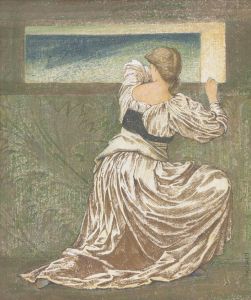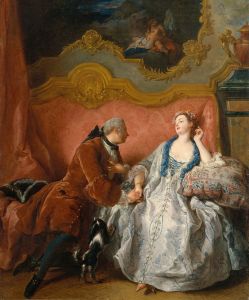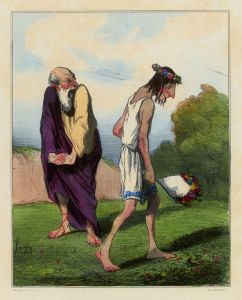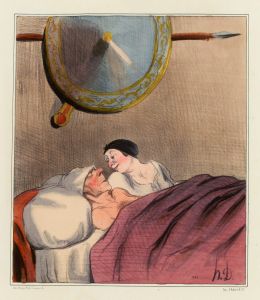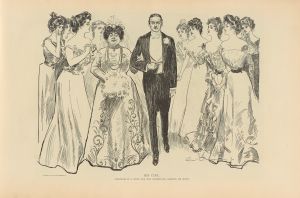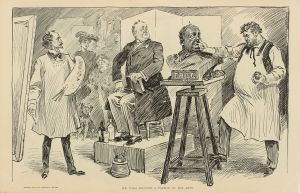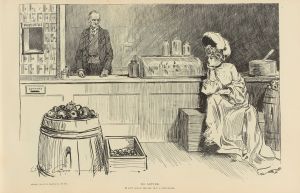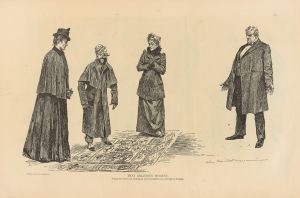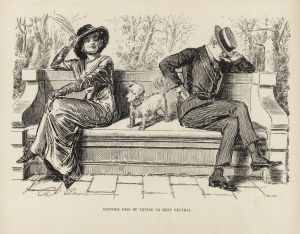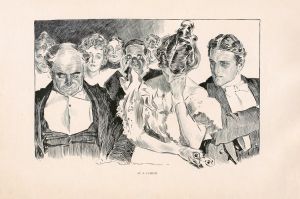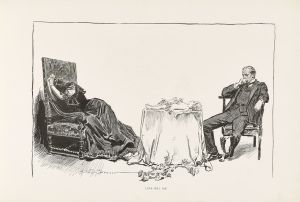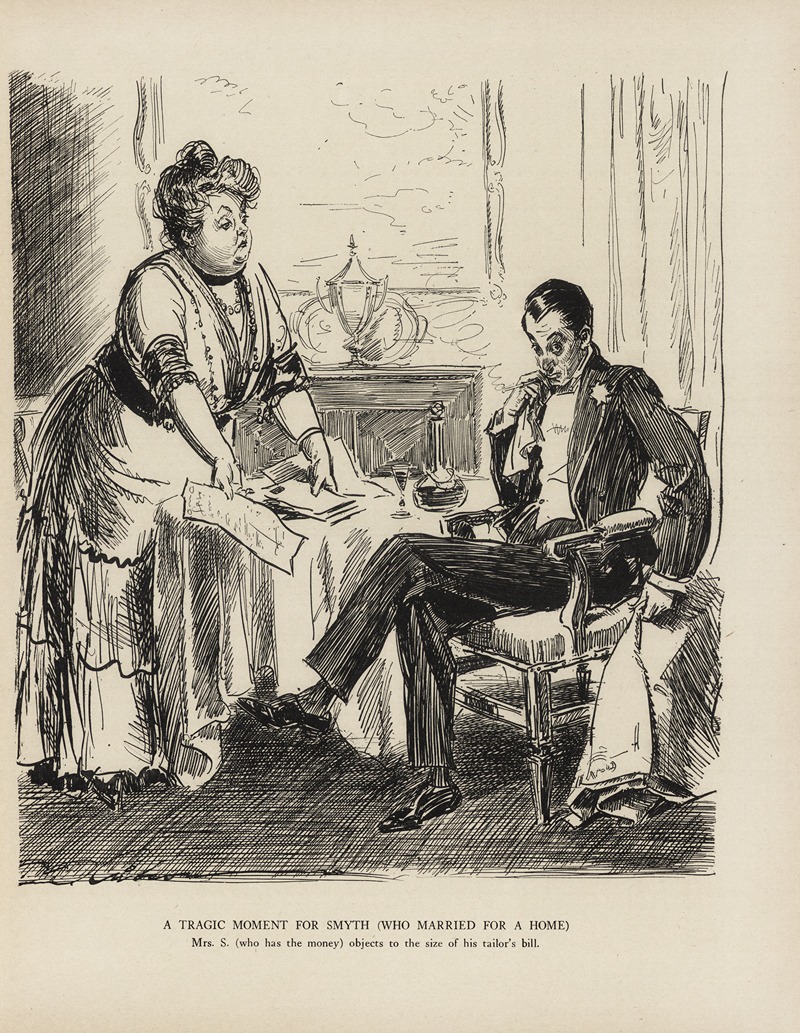
A tragic moment for Smyth
A hand-painted replica of Charles Dana Gibson’s masterpiece A tragic moment for Smyth, meticulously crafted by professional artists to capture the true essence of the original. Each piece is created with museum-quality canvas and rare mineral pigments, carefully painted by experienced artists with delicate brushstrokes and rich, layered colors to perfectly recreate the texture of the original artwork. Unlike machine-printed reproductions, this hand-painted version brings the painting to life, infused with the artist’s emotions and skill in every stroke. Whether for personal collection or home decoration, it instantly elevates the artistic atmosphere of any space.
Charles Dana Gibson was an influential American illustrator best known for his creation of the "Gibson Girl," a representation of the idealized American woman at the turn of the 20th century. His work was widely published in magazines such as Life, Scribner's, and Harper's, and he became one of the most celebrated illustrators of his time. Among his many works, "A Tragic Moment for Smyth" is one of the illustrations that showcases his keen ability to capture social nuances and human emotions.
"A Tragic Moment for Smyth" is a black-and-white illustration that reflects Gibson's characteristic style, which combines detailed line work with a keen sense of humor and social commentary. The illustration typically portrays a scene involving a character named Smyth, who is caught in a moment of personal or social crisis. While specific details about the narrative or context of this particular illustration are limited, it is consistent with Gibson's broader body of work, which often depicted scenes of upper-class society, romantic entanglements, and the social dynamics of the time.
Gibson's illustrations were not merely artistic expressions but also commentaries on the social norms and expectations of the late 19th and early 20th centuries. His work often explored themes such as gender roles, class distinctions, and the changing social landscape of America. The "Gibson Girl," for example, was both a celebration and a critique of the emerging New Woman, who was independent, educated, and socially active.
In "A Tragic Moment for Smyth," Gibson likely employs his signature wit to highlight a moment of irony or social faux pas, a common theme in his illustrations. The characters in his works are often depicted with exaggerated expressions and postures, emphasizing the drama or humor of the situation. This approach not only entertained viewers but also encouraged them to reflect on the societal norms and behaviors being portrayed.
Gibson's illustrations were widely circulated and had a significant impact on American culture. They influenced fashion, popularized certain social ideals, and contributed to the visual culture of the era. His work remains an important part of American art history, offering insights into the cultural and social dynamics of his time.
While "A Tragic Moment for Smyth" may not be as widely recognized as some of Gibson's other works, it is representative of his talent for capturing the essence of a moment and the subtleties of human interaction. His ability to blend artistry with social observation continues to be appreciated by art historians and enthusiasts alike.
Overall, Charles Dana Gibson's legacy as an illustrator is marked by his ability to reflect and shape the cultural narratives of his time through his detailed and insightful illustrations. "A Tragic Moment for Smyth" is a testament to his skill in portraying the complexities of human emotions and societal expectations with both humor and depth.





